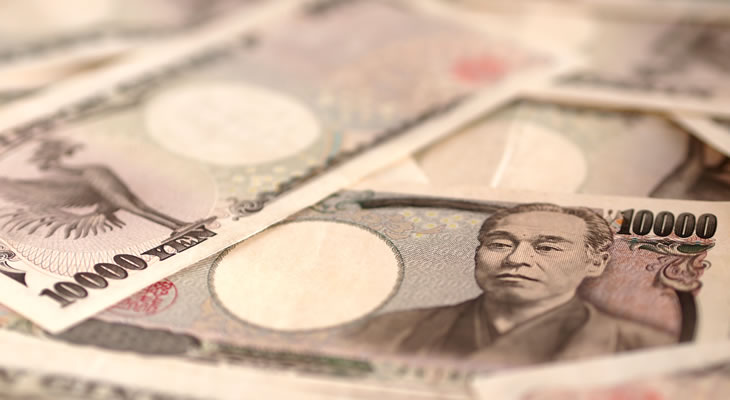US Dollar Japanese Yen Rates Hover Around 101.00
By the end of the week’s European session, the US Dollar Japanese Yen exchange rate had reached the key level of 101.00, where it fluctuated relatively flatly. USD JPY continued to edge higher slowly despite a lack of supportive US data.
Markit published its preliminary US Manufacturing scores for September, which disappointed markets by slipping from 52 to 51.4.
Following August’s disappointing Manufacturing news, this result may have dashed some hopes of a September rebound. However, the US Dollar held its ground against the Yen as markets continued to be wary on piling into the Yen following concerns of possible forex market intervention.
In the short-term, investors will want to keep an eye out for Bank of Japan (BoJ) Governor Haruhiko Kuroda’s speech on Monday, as well as Monday’s US home sales figures.
(Published 11:10 BST 23/09/2016)
The US Dollar Japanese Yen exchange rate has plunged much closer to its 2016 lows over the last week, and as a result the Japanese government has issued yet more warnings about intervention if the Yen becomes more overvalued. USD JPY was trending below 101.00 at the time of writing, but kept a wary distance from the key level of 100.00.
US Dollar (USD) Sold Against Yen (JPY) on Underwhelming Central Bank News
The last week was key for USD JPY traders, as both the Federal Reserve and Bank of Japan (BoJ) made policy decisions throughout Wednesday.
The Bank of Japan (BoJ) initially shocked investors during Wednesday’s Asian session, by introducing a long-term interest rate target of zero as part of its latest attempts to stimulate the Japanese economy.
The BoJ placed a smaller focus on asset purchases, perceived initially as a big shift in direction that shocked markets and caused the Yen to plummet. However, the currency surged again as markets began to doubt the effectiveness of the policies.
Meanwhile, US Dollar investors were disappointed by the Fed’s decision to leave interest rates on hold until November or December. To many, this heavily implied that 2016 would only see one hike of 25 basis points, rather than the previously hoped two.
Despite comments from Japanese Chief Cabinet Secretary Yoshihide Suga that the Japanese government was concerned about nervous and speculative currency trade on the Yen, JPY continued to trade near its highest levels towards the end of the week.
Japanese Government Uncomfortable with High Value of Yen
As the US Dollar to Japanese Yen continues to tease its lowest levels and markets see little buy-up potential in the US Dollar ahead of a possible December interest rate hike, it seems increasingly possible that ‘Ninja’ will fall below – and remain below – 100.00 USD JPY.
The pair briefly fell below this key level in mid-August, but as a point of key psychological resistance it didn’t remain that low for long thanks to suggestions that the Japanese government may intervene.
The high value of the Yen has long been an issue for Japanese traders and has created obstacles for Japan’s economic growth.
However, markets have continued to test the limits of the pair due to the high appeal of the Yen as a ‘safe-haven’ currency, and at its current rate USD JPY could fall to lows not seen since 2013.
US Dollar Japanese Yen Forecast: How Low Can USD/JPY Go?
So, how low exactly would the pair need to fall before the possibility of Japanese government intervention becomes legitimate? Analysts generally consider 90 to 95 USD/JPY to be a region of great concern, although markets are wary even at the current level of just above 100.00.
The Japanese government will likely be holding onto hopes that a Fed rate hike could happen in late-2016 to strengthen the US Dollar considerably, otherwise it may have to ask for the US government’s cooperation in actually intervening with the forex market.
For the time being, the US Dollar Japanese Yen exchange rate will likely continue to hover above the key level of 100.00 until it is undermined by yet more disappointing or shocking US news, with November’s Presidential election having strong potential to undermine the ‘Greenback’.


Comments are closed.